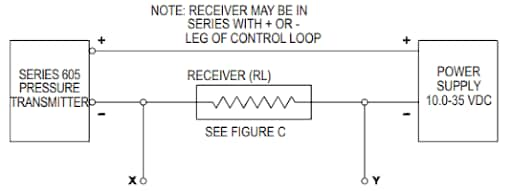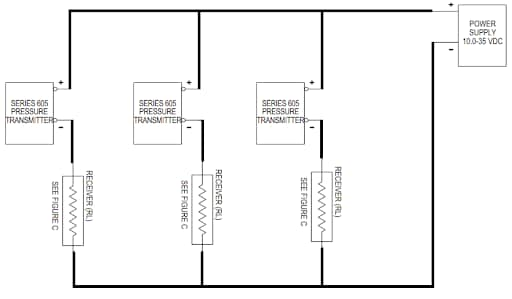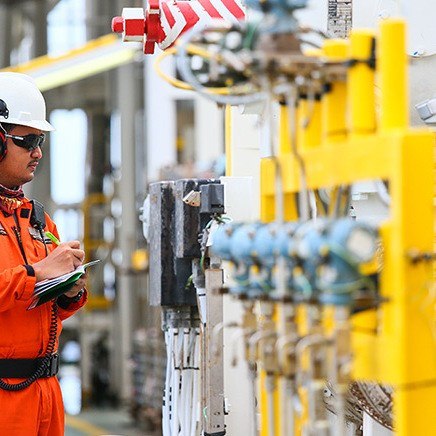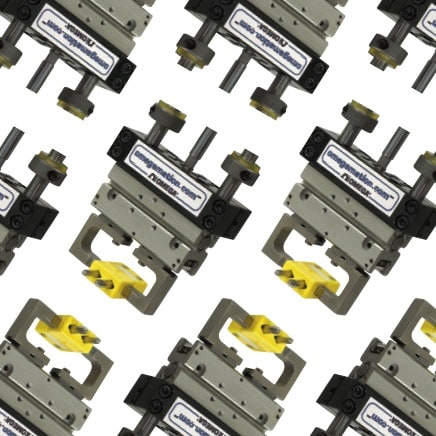A daisy chain is a wiring strategy where multiple devices are connected together in sequence, forming a linear chain-like arrangement – similar to the way in which flowers can be linked together to form chains or rings.
This strategy is commonly used in various applications, such as computer networking, audio equipment, or power systems, to reduce the need for extensive individual wiring. Allowing signals, power, or data to flow through a single streamlined pathway, daisy chaining reduces the need for separate cables for each device.
Key Concepts of Daisy Chaining
Sequential Connection
Daisy chaining is a method of connecting multiple devices in a linear sequence, where either data, signals, or power flows sequentially from one device to the next.For example, in a daisy chain of four devices:
- Device 1 connects to Device 2
- Device 2 connects to Device 3
- Device 3 connects to Device 4
Challenges
Single Point of Failure: If one device or connection in the chain fails, the entire chain can be disrupted.
Signal Degradation: In some systems, passing signals through multiple devices may reduce signal quality.
Limited Capacity: There may be restrictions on how many devices can be connected in a chain due to power of data limitations.
Advantages
Reduced Wiring: Daisy chaining minimizes the need for individual connections to a central source.
Easier Installation: Simpler to set up and manage compared to complex networks of separate wires.
Scalability: Additional devices can often be added easily to the chain.
Practical Example of Daisy Chianing
In the context of pressure transmitting systems, daisy chaining allows multiple pressure transmitters to connect sequentially within a single circuit loop, all powered by one supply. This setup contrasts with a standard single-loop transmitter circuit, which comprises one transmitter, one receiver, and one power supply. By implementing a daisy-chained configuration, multiple transmitters can share a common power source, streamlining the wiring process and reducing the overall number of power supplies required.

With a daisy-chained setup, you can use multiple pressure cells and receivers with only one power supply. Devices based on USB, Thunderbolt, FireWire, and Ethernet cables can each be used to form daisy chains.

The number of cells you can add to a daisy chain will be dependent on the power supply’s power rating. You will want to make sure that the total current consumption on the loop is less than the output power rating on the supply.
The DwyerOmega Difference
Utilizing a daisy-chain setup saves on both time and money. This system has a shorter installation time than installing all devices individually and saves costs by using only one power supply for several products.
DwyerOmega offers several products with daisy chaining capabilities, including air velocity transmitters – like our Series AVUL Air Velocity Transmitter - and data loggers - High-Temperature Data Logger with Integral M12 Connector.
Want To Learn More About All That DwyerOmega Has To Offer? Contact Our Experts Today!

